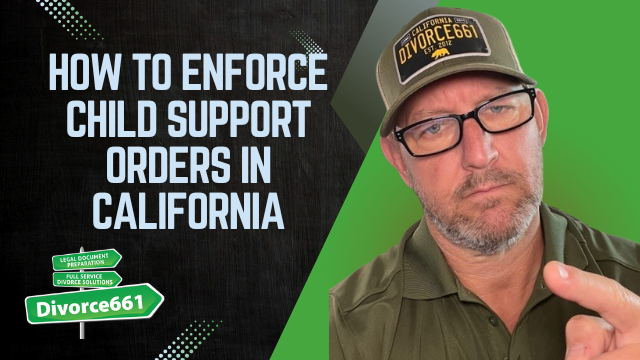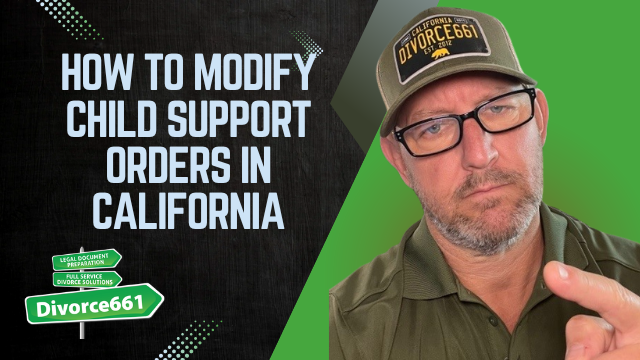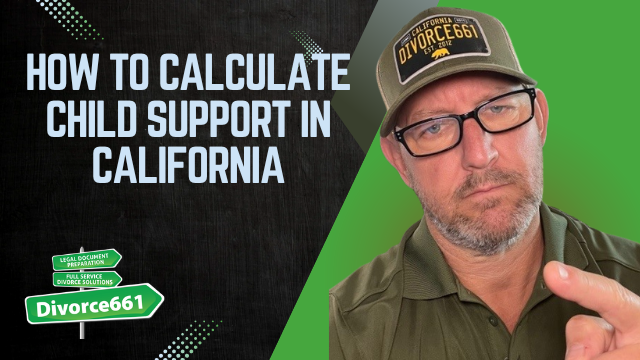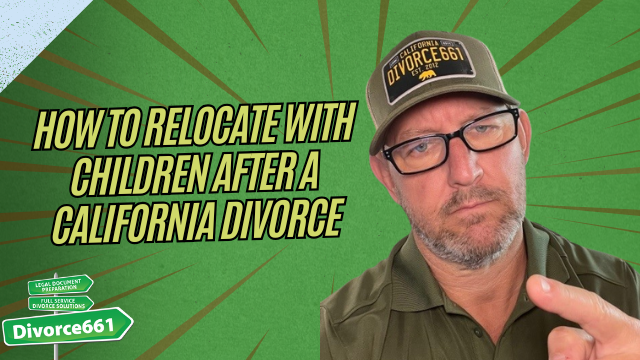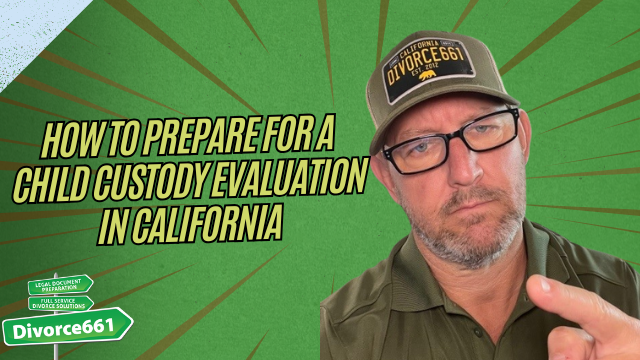How to Enforce Child Support Orders in California
If you are supposed to be receiving child support and the other parent has stopped paying or is inconsistent, you have options. California law provides clear tools to enforce court-ordered child support so your child gets the financial support they are entitled to. You do not have to wait or struggle alone.
If there is a court order for support and payments have stopped or are inconsistent, you have the right to take action.
When to take action
Taking action is appropriate as soon as payments stop or become unreliable. Even short gaps in payments can create hardship. The first step is to review your existing court order and confirm what was ordered and whether any modifications are needed. If the order is still valid, you can move straight to enforcement.
How enforcement works
The most common way to enforce a child support order is to file an enforcement request with the court. Once the court is asked to step in, it has several enforcement powers it can use to collect unpaid support and ensure future payments are made.
Typical enforcement process
- Gather documentation showing the court order and missed payments.
- File an enforcement request or motion with the family court that issued the order.
- The court may set a hearing where both parents can present information.
- If the court finds noncompliance, it can issue collection and enforcement orders.
- Collection orders are implemented through the employer, government agencies, or other enforcement mechanisms until arrears and ongoing support are paid.
Legal tools the court can use
California courts can use a range of enforcement tools. These are commonly used alone or together to compel payment:
- Wage garnishment or wage assignment issued to the other parent’s employer so support payments are deducted from paychecks and sent directly to you.
- Liens on property to secure unpaid amounts against real estate or other valuable assets.
- License suspension including driver licenses, professional licenses, or recreational licenses to apply pressure for payment.
- Interest on unpaid support which accrues until overdue amounts are paid, increasing the total owed.
- Coordination with the local child support agency which can provide additional collection resources and administrative enforcement.
What happens to unpaid support
Unpaid child support does not simply disappear. In California, unpaid amounts typically accrue interest until they are paid. That means delays in collecting support increase the total debt. Using enforcement tools quickly helps limit additional accrual and gets payments to your child faster.
Real client example
We recently helped a parent who had not received child support for more than six months. After filing an enforcement request, the court issued a wage assignment to the other parent’s employer. Within weeks the missed payments started coming in regularly and ongoing payments were collected directly from pay. This is a common outcome when enforcement steps are taken promptly.
How to prepare before filing
- Collect copies of the court order, payment history, and any communication about missed payments.
- Document the dates and amounts of missed payments and any financial hardship caused.
- Decide whether to seek enforcement through the court, negotiate directly with the other parent, or involve the local child support agency.
How we can help
We can help you review your court order, prepare the enforcement paperwork, and pursue a resolution through the court or by negotiating directly with the other parent. If needed, we will coordinate with the local child support agency to pursue additional collection options. Our goal is to get the support your child is legally entitled to as quickly and efficiently as possible.
Next steps
If you are not receiving the child support you are owed, do not wait. Schedule a consultation to review your order and start the enforcement process. With the right steps, courts can issue wage assignments and other orders that resume payments in a matter of weeks.
Take action today to protect your child and get the support they deserve.

